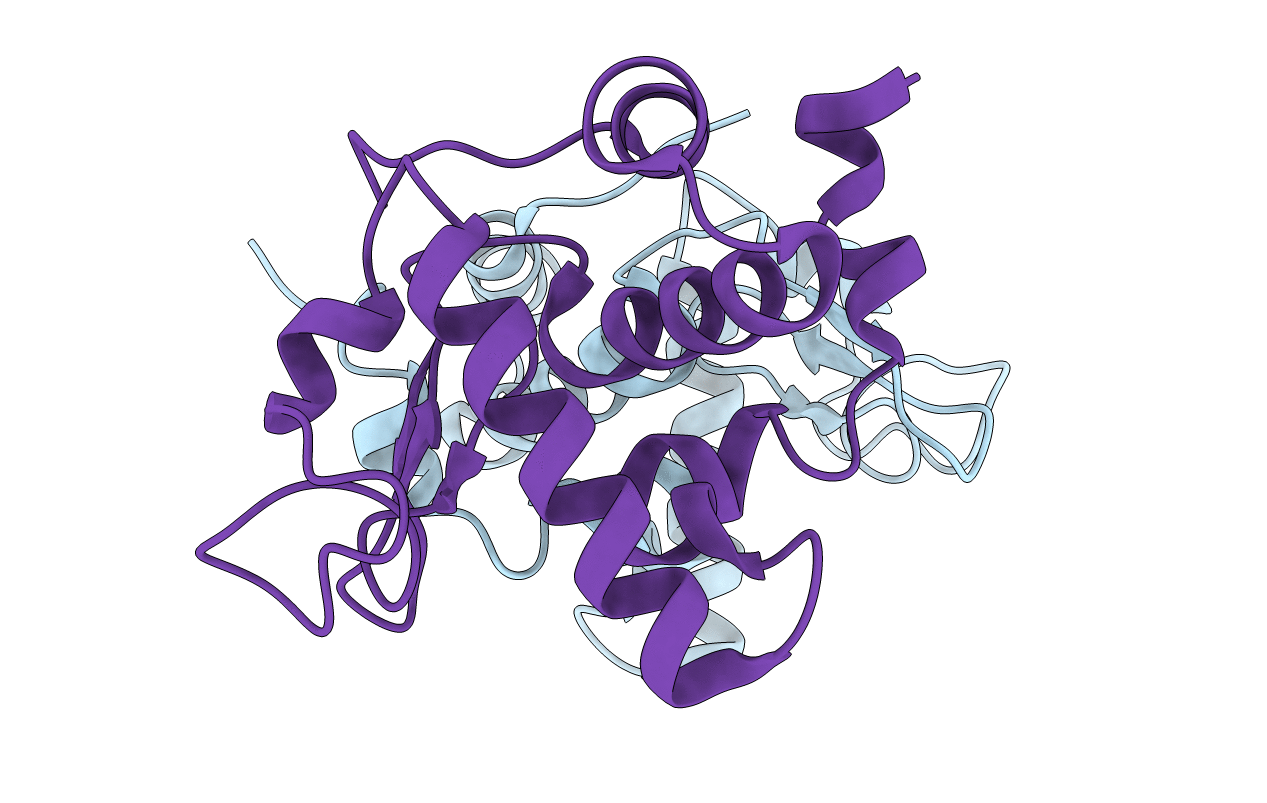
Deposition Date
2019-10-06
Release Date
2020-03-25
Last Version Date
2024-10-16
Method Details:
Experimental Method:
Resolution:
3.00 Å
R-Value Free:
0.25
R-Value Observed:
0.2
Space Group:
P 21 21 21


